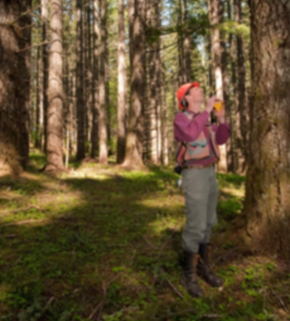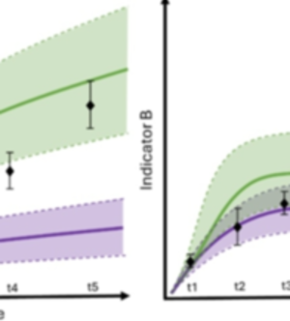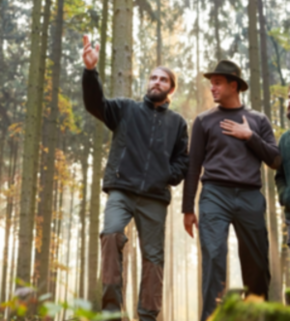
1. Assessment

When assessing a forest site for restoration, we suggest you evaluate several critical components to ensure effective planning and implementation. These cover site conditions, including soil conditions, ongoing management, landscape context, baseline monitoring, and reference models.
For the assessment of site conditions and capability, you must first understand the physical and ecological characteristics of the site. The key factors include soil type and quality (fertility, compaction, drainage etc.), topography (slope steepness and orientation), site history and vegetation cover (presence of native species or invasive plants).
The broader landscape context will significantly influence your restoration planning and outcomes due to the many interactions with surrounding ecosystems and the importance of habitat connectivity for the many different species living in the forest and forested landscapes. Thus, things like spatial arrangement of forests, patch size, and closeness to existing natural habitats are crucial for improving biodiversity.
Landscapes also bring in diverse financial and social aspects, such as income patterns across land-use types or societal demands for recreation particularly close to larger settlements.
Another important step is collecting baseline data of restoration indicators, which provides an essential starting point to follow the restoration progress over time. This may involve gathering pre-intervention data on indicators such as carbon stocks, tree species, forest structure, vegetation, animal species, soil health and water regime and quality, among others.
Finally, reference models/conditions can provide benchmarks for restoration goals. They typically compare the site to undisturbed ecosystems or historical conditions in similar/local ecological conditions. However, with climate change and other increasing threats like new pests, pathogens or invasive species, we recommend you take such historic reference conditions with great caution, particularly regarding tree species composition. Aspects such as structural diversity, deadwood amounts, and presence of a particular species or species groups can nonetheless give good insights into the historic complexity and resilience of the system to be restored.
By integrating these elements into the planning process, your restoration project(s) can maximize ecological benefits while addressing socio-economic constraints effectively.
1.1 Site Assessment
Assess forest sites by evaluating soil, history, landscape context, baseline data & reference models to guide effective, climate-adaptive restoration.
1.2 Assessment of Landscape Context
Forest restoration must consider the broader landscape, its ecology, land uses, and human impact to support biodiversity, connectivity, and sustainability.
1.3 Baseline monitoring
Baseline monitoring involves a detailed assessment of the pre-restoration conditions of the site and is an essential first step before implementing any restoration measures. It allows you to track changes in site quality over time and to evaluate whether restoration efforts are achieving their intended improvements.
1.4 Reference Model
Use condition models to assess restoration impact, define goals, and track progress across multiple ecological indicators.







